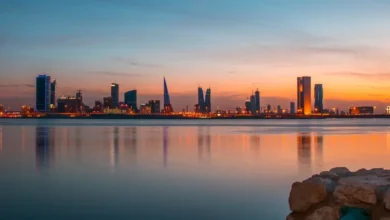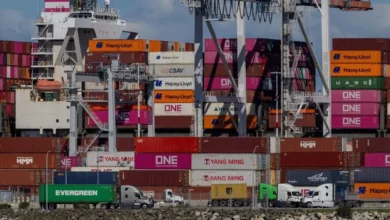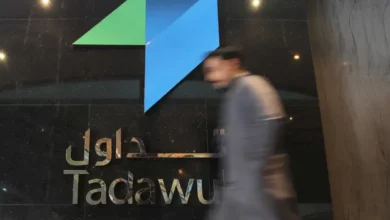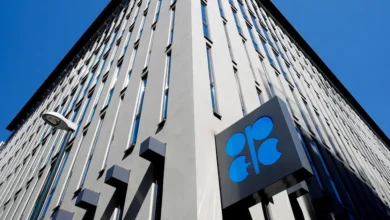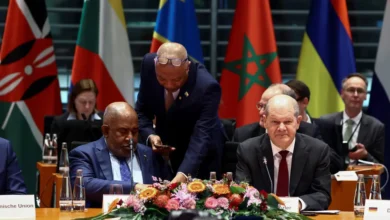Vision 2030’s accelerated trajectory: Will Saudi Arabia outpace its own timeline?
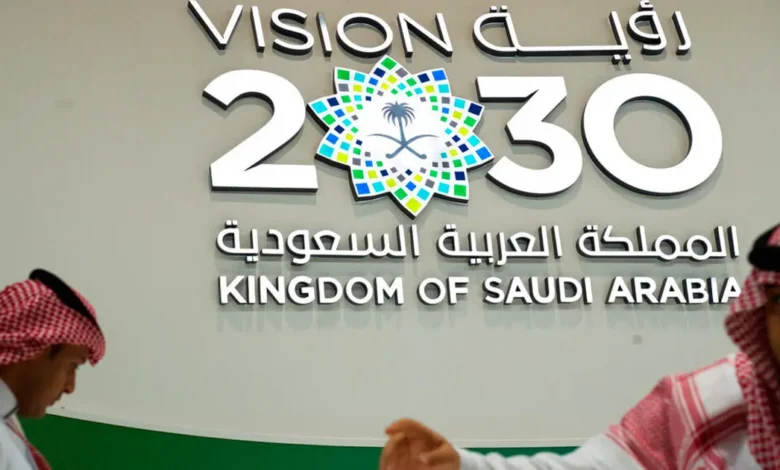
Saudi Arabia launched Vision 2030 in 2016 with an aim of diversifying its economy for a “post-oil” era and to bolster its global presence. As the plan enters its halfway mark, it appears that the Kingdom is steadily advancing toward achieving its multifaceted goals, according to a study by PricewaterhouseCoopers (PwC).
Vision 2030 is centered on diversifying income sources, enhancing public service sectors such as the health and education sectors, and fostering innovation and investment. A key objective is also to improve the quality of life for its citizens and elevate Saudi Arabia’s global stature.
According to the consulting firm, Saudi Arabia is showing strong performance in most of its 14 economic objectives.
Various reports, studies, and official government data reviewed by Al Arabiya English indicate that Saudi Arabia is on course to meet many of its Vision 2030 goals, possibly even ahead of schedule.
This progress aligns with statements made by Saudi Crown Prince Mohammed bin Salman during his September interview with Fox News. He confirmed that in 2022, Saudi Arabia’s economy was the fastest-growing among the G20 nations. He noted that the Kingdom’s non-oil economy is set to record the second-fastest growth in the G20 this year, rivaling India.
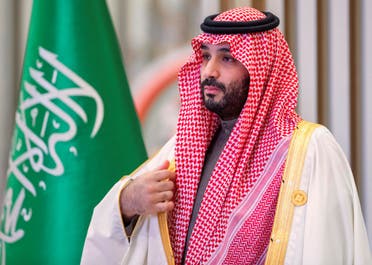
He also mentioned that the Saudi economy, currently the world’s 17th largest, has the potential to re-enter the top seven economies. Additionally, he highlighted that new and even more ambitious targets have been established for Vision 2030.
Overview of the Economy
The Saudi Arabian economy has recently been under the spotlight, with various international agencies recognizing its strengths and potential for growth. In mid-November, Credit rating agency Fitch affirmed the A+ credit rating for the Public Investment Fund, Saudi’s sovereign wealth fund, with a stable outlook, highlighting the fund’s strong position and effective management.
This affirmation came alongside expectations of sustained financial support from the Saudi government. Meanwhile, Moody’s raised its growth forecasts for the Saudi economy to 4.6 percent in 2024 and 4 percent in 2025.
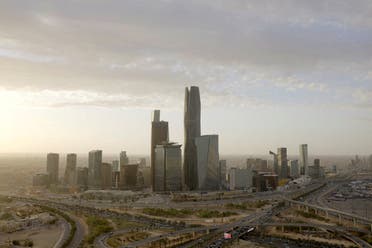
Despite this optimism, Moody’s revised its 2023 growth estimate for Saudi Arabia downward to 0.1 percent, a decrease from previous projections. The IMF also lowered its 2023 growth forecast for the country to 0.8 percent, but increased its 2024 prediction to 4 percent.
This adjustment comes after the Saudi economy contracted by 4.5 percent in the third quarter of 2023 compared to the prior year, primarily due to a downturn in oil activities. However, non-oil sectors showed resilience, growing by 3.6 percent, and government activities expanded by 1.9 percent.
Saudi investments
In terms of foreign direct investment (FDI), Saudi Arabia received about 122 billion riyals (approximately $33 billion) in 2022, ranking it tenth among G20 economies. The Saudi Ministry of Investment reported that the balance of FDI reached 775 billion riyals (about $207 billion) in 2022, placing the Kingdom 16th among G20 countries.
An HSBC report has indicated that capital spending in the Kingdom surged by roughly 25 percent year-on-year in the first quarter of 2023, significantly higher than in the first quarter of 2020. This spending accounted for more than 27 percent of the GDP, aligning with the targets set in Saudi Arabia’s Vision 2030.
The PIF’s total assets under management exceeded 2.23 trillion Saudi riyals, or about $594.43 billion, according to its 2022 annual report. The fund also reported a total shareholder return of 8 percent for the year.
Notably, the fund established 25 new companies during this period, creating 181 thousand job opportunities, though these figures do not include data from 2023.
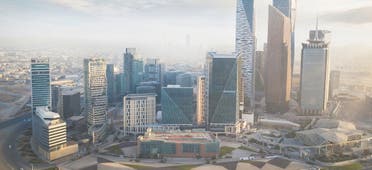
Women’s participation in the labor market
Another significant development in the Saudi economy is the increasing participation of women in the labor market. By the end of 2022, women’s participation reached 37 percent, according to the Ministry of Human Resources and Social Development.
The private sector employment for Saudi men and women combined has hit its highest rate ever, with about 2.2 million individuals employed. Standard & Poor’s global ratings anticipate that the growing involvement of women in the workforce could boost the Saudi economy by $39 billion, or 3.5 percent, by 2032.
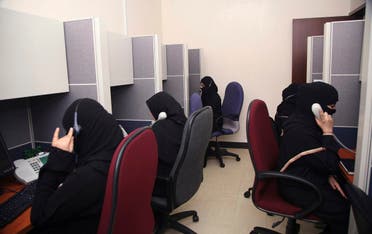
Labor market reforms have been instrumental in this growth, doubling the participation rate of Saudi women from 19 percent in 2016 to a record high overall participation rate of 61.7 percent in March 2023.
Saudi giga-projects
Regarding the large-scale projects, a McKinsey report predicts a significant increase in Saudi spending on industrial and major projects, potentially tripling to over $175 billion annually starting next year. The Kingdom’s spending on projects is expected to further rise to around $180 billion annually in 2026 and 2027.
HSBC’s report also underscores Saudi Arabia’s dominance in the Gulf Cooperation Council region’s project market, with projects under implementation or planned in the Kingdom representing about 56 percent of the total in the region.
Saudi Arabia also leads in “megaprojects”, with approximately $850 billion (75 percent of GDP) in announced projects. As of mid-2023, about $220 billion worth of projects were in the proposal or evaluation stage, suggesting a substantial increase in actual expenditures in the near future.


